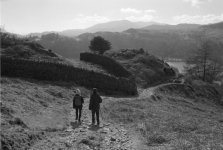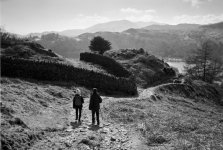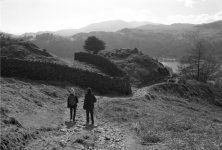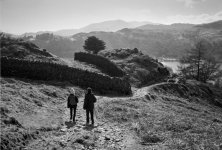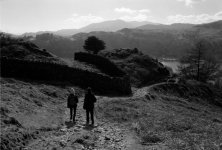- Messages
- 856
- Name
- Ian
- Edit My Images
- Yes
VueScan on the whole does a very good job at creating a black and white digital file from a black and white negative but on the odd occasion, I feel that the auto exposure system it uses can and does get it wrong with certain negatives.
It can produce a scan that clearly show loss of highlight and or shadow detail as well as tonal compression in the shadows making it extremely difficult to separate those values in post production.
I have put together a FREE PDF showing a simple TIp which can help to produce a better scan when using VueScan.
 mailchi.mp
mailchi.mp
It can produce a scan that clearly show loss of highlight and or shadow detail as well as tonal compression in the shadows making it extremely difficult to separate those values in post production.
I have put together a FREE PDF showing a simple TIp which can help to produce a better scan when using VueScan.

